Happy Spring Equinox (or for readers in the southern hemisphere, Happy Autumn Equinox!) Spring has arrived here in the southeastern US. Daytime highs are in the 70s, everything outside is dusted with pollen, and nature’s soundtrack of songbirds in the morning and frogs in the evening plays at full volume.
If you’re looking for a trans seasonal yarn to use in your spring shawls and short-sleeved tops, take a look at Green Mountain Spinnery’s Sylvan Spirit.
This yarn has been around for a while, but I just finished using it for a new summer tee design. It was a delight to knit!
FYI: This yarn was gifted to me by Green Mountain Spinnery along with the assignment to create a new design. I am under no obligation to review the yarn. The links are not affiliate links, and I receive no compensation for this review (other than from those of you who are paid subscribers🩷.) I have an ongoing business relationship with Green Mountain Spinnery tech editing their patterns.
First, the Specifications
Sylvan Spirit is suitable for use in patterns calling for DK-weight or light worsted-weight yarn.
Let’s Take a Closer Look
At first glance, Sylvan Spirit seems like a single-ply yarn. But a little untwisting reveals the actual construction: there are two strands twisted just enough that they won’t fall apart. These strands are then gently plied together in the same direction as the original twist (most plied yarns are twisted together in the opposite direction to the original twist). This creates a yarn that is soft, light, and lofty with plenty of structural stability. I can break the yarn with my hands, but it takes a little effort.
Sylvan Spirit is minimally processed. There are occasional slubs in the yarn. I found only one knot in the five skeins I sampled. There were occasional bits of straw embedded in the yarn. My rule when I encounter vegetable matter in yarn is this: If it pokes my fingers, pick it out. I wind all my yarn by hand, without a ball winder, so I have two opportunities to remove VM—once when I’m winding the yarn into balls and again when I’m knitting.
Let’s Look at a Swatch
My stockinette stitch swatch was knit on size US 6 (4 mm) needles. My gauge is 21 sts and 32 rows = 4” (10 cm). This is slightly tighter than the gauge suggested by the yarn label.
This yarn is very comfortable to knit. There was no tendency for the yarn to split. Other than the occasional pause to remove a bit of VM I’d missed while winding the balls, the knitting was smooth and effortless.
Sylvan Spirit displays good stitch definition. You can see the slight unevenness of the fabric caused by the occasional slubs in the yarn. The fabric has lovely drape, while retaining enough elasticity that I wouldn’t worry about a sweater sagging or stretching. This is a fabric with character. It does not look machine-made.
Sylvan Spirit would make a beautiful spring cardigan or short-sleeve top. I’d also love to see it knit up in a shawl.
How About a Fancy Pattern?
With a shawl in mind, I went up a needle size to knit this two-color mosaic swatch. In this stitch using a size US 7 (4.5 mm) needle, my gauge is 22 sts and 44 rows = 4” (10 cm). Using a larger needle kept the fabric drapey, despite the slipped stitches and garter stitch base, both of which tend to compress the fabric.
I’m imagining a shawl with a mosaic-patterned border. But to be honest, this probably isn’t the mosaic pattern I’d choose. I love the intricacy of this pattern. I find the complex geometry mesmerizing. But the 16-stitch repeat is a challenge to memorize. The diagonals shooting off in different directions make it difficult to “read” the knitting. I was constantly referring to the chart. If I were knitting a larger piece, I’d choose a mosaic pattern that was easier to memorize. But isn’t it pretty?
Here is the chart for this stitch pattern, in case you’d like to try it for yourself.
The Colors
Sylvan Spirit is currently offered in 15 colors ranging from earthy neutrals to cheerful brights. All are beautifully heathered. Take another look at the stockinette stitch swatch above. Notice how the color drifts across the surface, with scattered spots of red, white, and lavender. The fiber was dyed before blending on the carding machine. From a distance, it reads as a solid color. Up close, there is rich complexity.
What You Can’t See
Tencel Lyocell is essentially rayon, a semi-synthetic cellulosic fiber. There are two things that make Lyocell special: the raw materials and the manufacturing process.
All rayon begins with plants—various trees, bamboo, or cotton waste. Tencel starts with hardwoods like oak or birch from sustainably managed tree farms. For fibers simply labeled rayon or viscose, it is estimated that less than 30% comes from sustainable sources.
The traditional rayon process involves the use of highly toxic chemicals to break down the raw material into cellulose. These chemicals endanger workers. Depending on the environmental controls at the factory, water and air emissions can pollute the environment with persistent and highly toxic compounds. Tencel Lyocell is made with less-toxic chemicals in a closed-loop process in which 99% of the chemicals and solvents used are recovered and recycled. Not only does this mean fewer chemicals escaping into the environment, but it also means less chemical residue in the finished fiber. Tencel is both biodegradable and compostable.
Tencel is soft, drapey, and cool against the skin. When blended with wool, as in Sylvan Spirit, it gives the yarn a cool drape that is perfect for spring and fall wear.
The Bottom Line
I was delighted to use Sylvan Spirit to make a spring top for Green Mountain Spinnery. I’ll be sure to let you know as soon as the pattern is published. It was not my first time working with this yarn, and it won’t be the last. Sylvan Spirit checks all the boxes for me: a beautiful yarn, made in the US, with sustainable natural fibers, by a values-driven, worker owned co-operative.
For more about Green Mountain Spinnery, here is a link to a profile I wrote last year for Farm & Fiber Knits.
My favorite design projects usually involve constraints. For example, when Green Mountain Spinnery approached me with “we need a new top design using Sylvan Spirit in time for the spring fiber festivals”, all sorts of possibilities were eliminated. I could focus my attention on what would work within those limitations.
Constraints can also lead to exciting literature. Such is the case with Orbital by Samantha Harvey.
This short novel has only 6 characters, the astronauts and cosmonauts aboard the International Space Station. It takes place entirely in the confined space of that vessel orbiting 250 miles above the surface of Earth. The book covers a period of only 24 hours, 16 complete orbits of the planet. Nothing much happens.
Within these constraints, Harvey delivers a luminous work of prose. She explores ideas of perception and perspective, the relationship of humans to the Earth, and the place of humanity in the universe.
The earth is the answer to every question. They earth is the face of an exulted lover; they watch it sleep and wake and become lost in its habits. The earth is a mother waiting for her children to return, full of stories and rapture and longing.
— from Orbital by Samatha Harvey
After listening to the audiobook of Orbital, I ordered it in hardcover. I wanted to read it again with a pen in my hand. The writing is that beautiful. I wanted to hold on to passages like this:
The earth, from here, is like heaven. It flows with colour. A burst of hopeful colour. When we’re on that planet we look up and think heaven is elsewhere, but here is what the astronauts and cosmonauts sometimes think: maybe all of us born to it have already died and are in an afterlife. If we must go to an improbable, hard-to-believe-in place when we die, that glassy distant orb with its beautiful lonely light shows could well be it.
— from Orbital by Samatha Harvey
Don’t pick up Orbital because it won the 2024 Booker Prize, or because both Oprah Winfrey and Barack Obama put it on their lists of Best Books of 2024. Read Orbital because you’re ready to be transported out of your everyday by big thoughts and ravishing language.
Things that caught my eye…
I love Jason Farago’s deep dives into a particular artist or artwork. Here, he looks at Piet Mondrian’s painting of a single blossom in the context of his iconic abstract works.
I stayed up past my bedtime last night watching Adolescence on Netflix. This 4-part limited series is the best television I’ve seen in years. The writing, the casting, the direction, the sound—every part is brilliant. This is not a feel-good story; it’s every parent’s nightmare about the disconnect between teenagers and the adults who care for them.
As always, I’m grateful you’ve invited me into your world. Continue the conversation: Do you have a favorite yarn for warm weather knitting? Do you knit all year round, or is it a seasonal practice? Tell us about it in the comments!


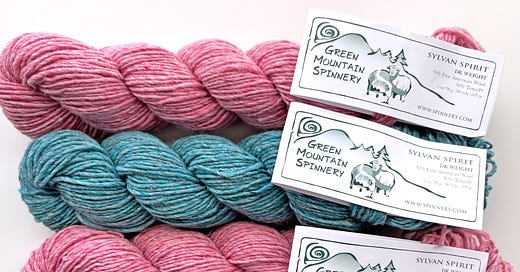



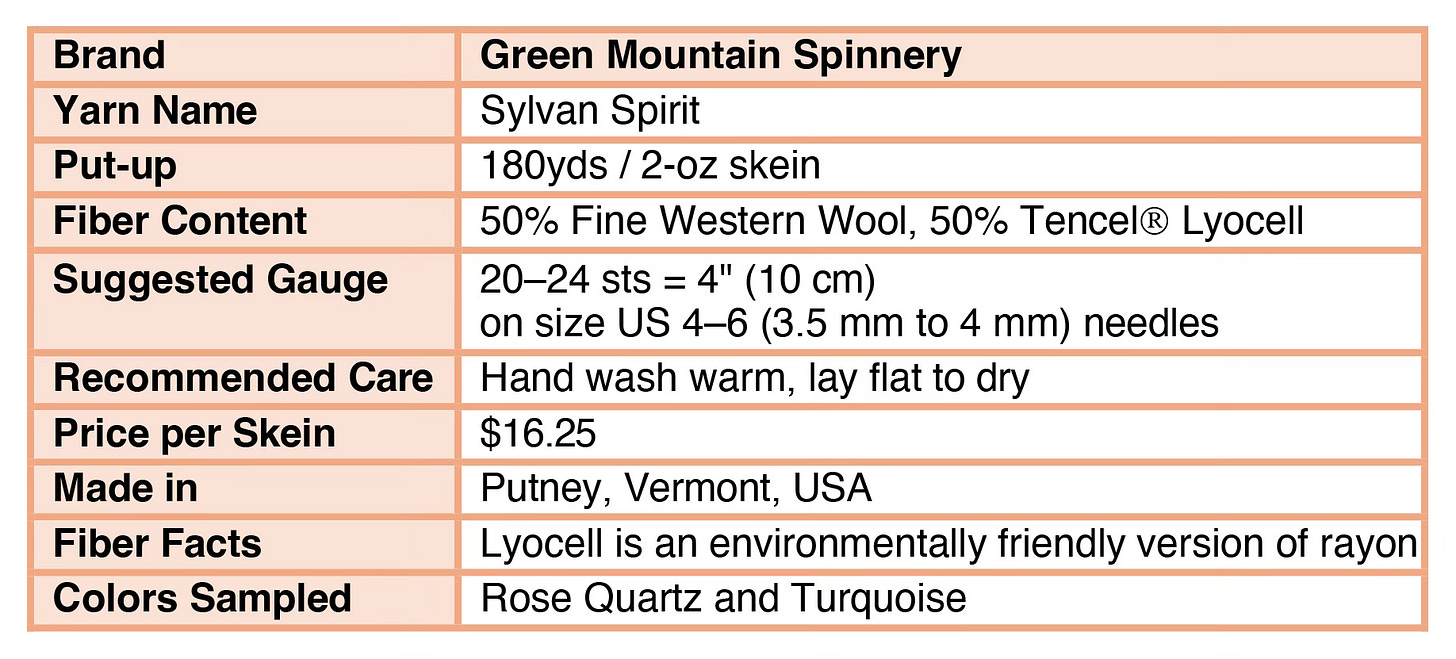

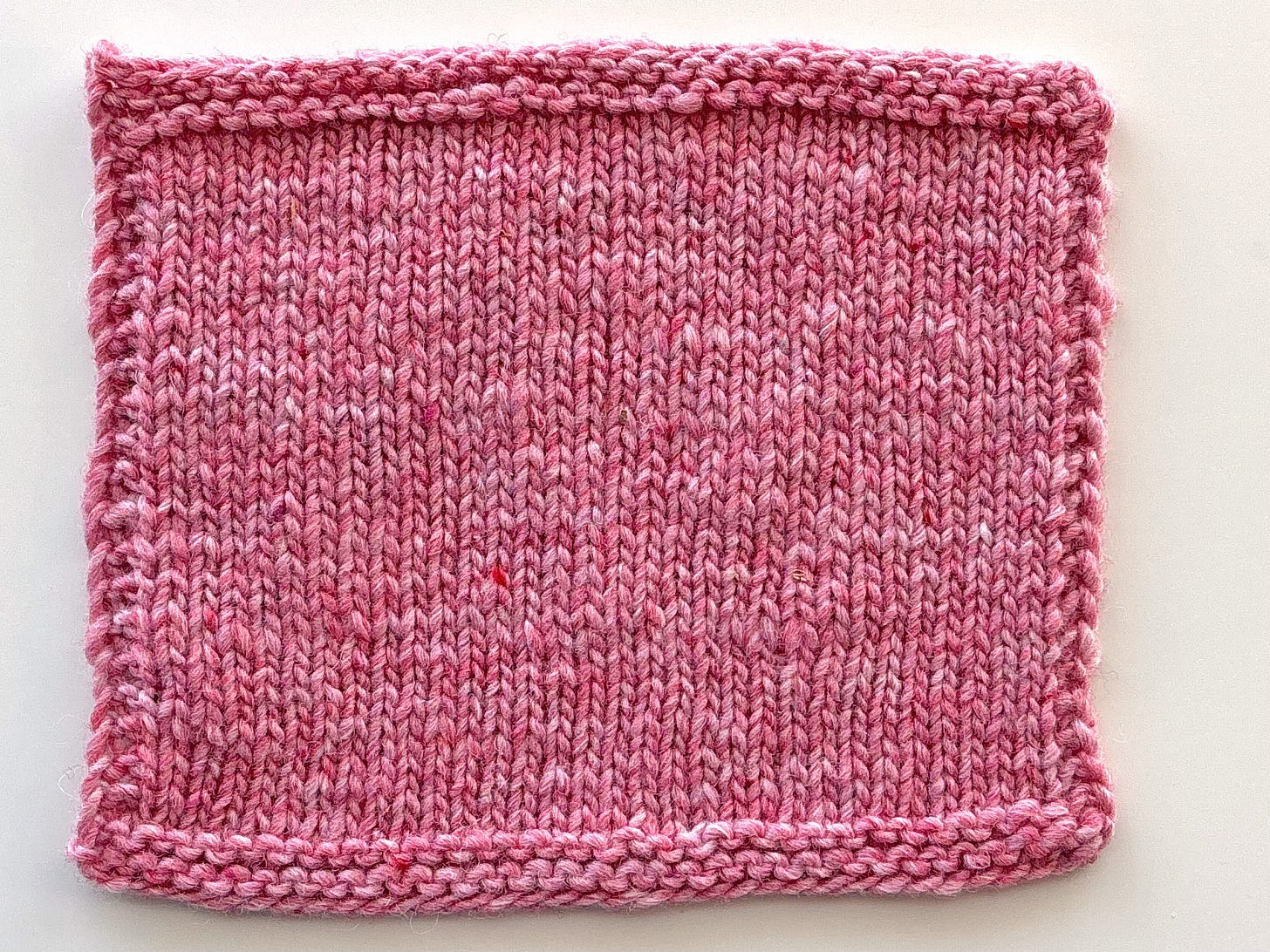
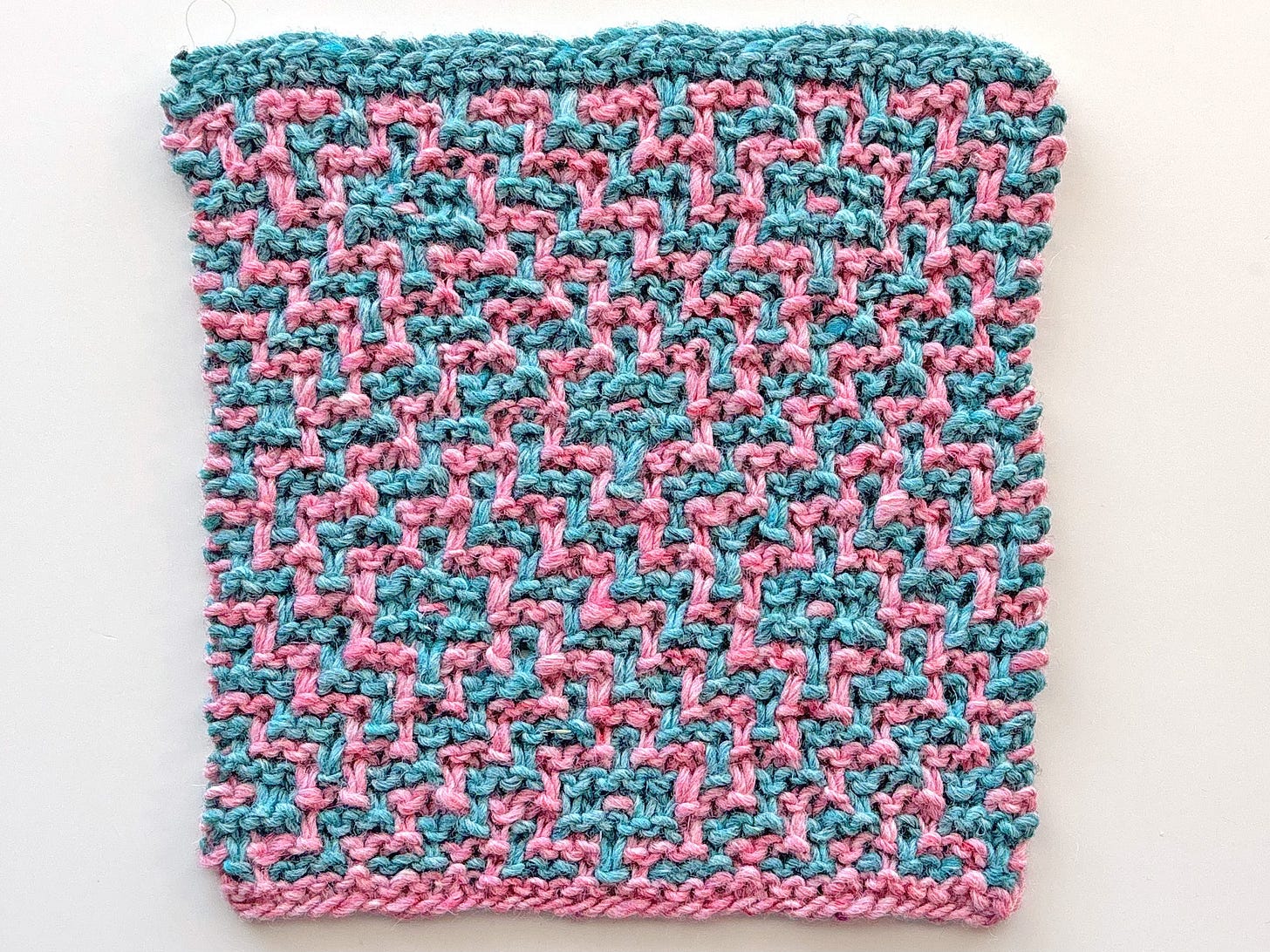
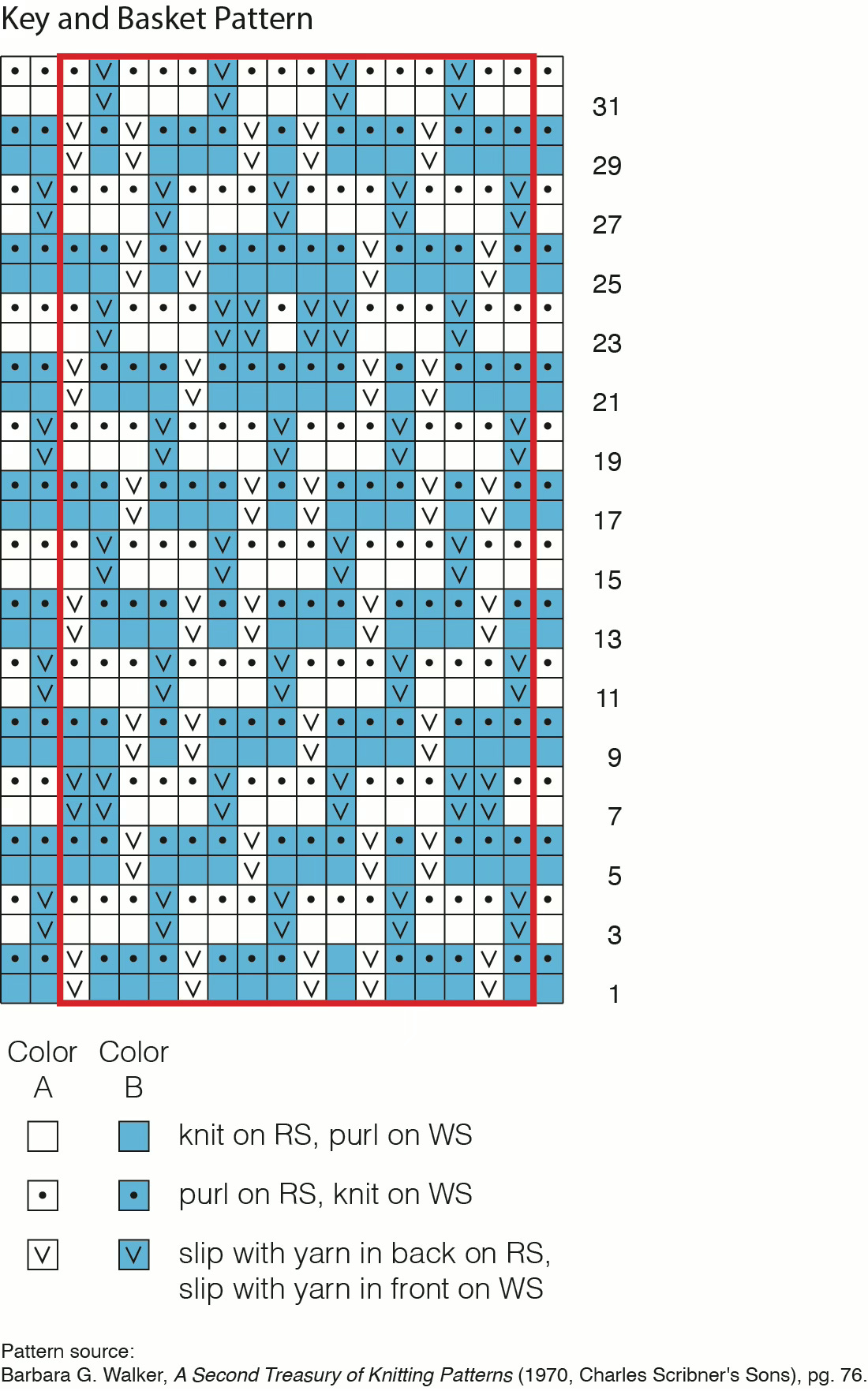
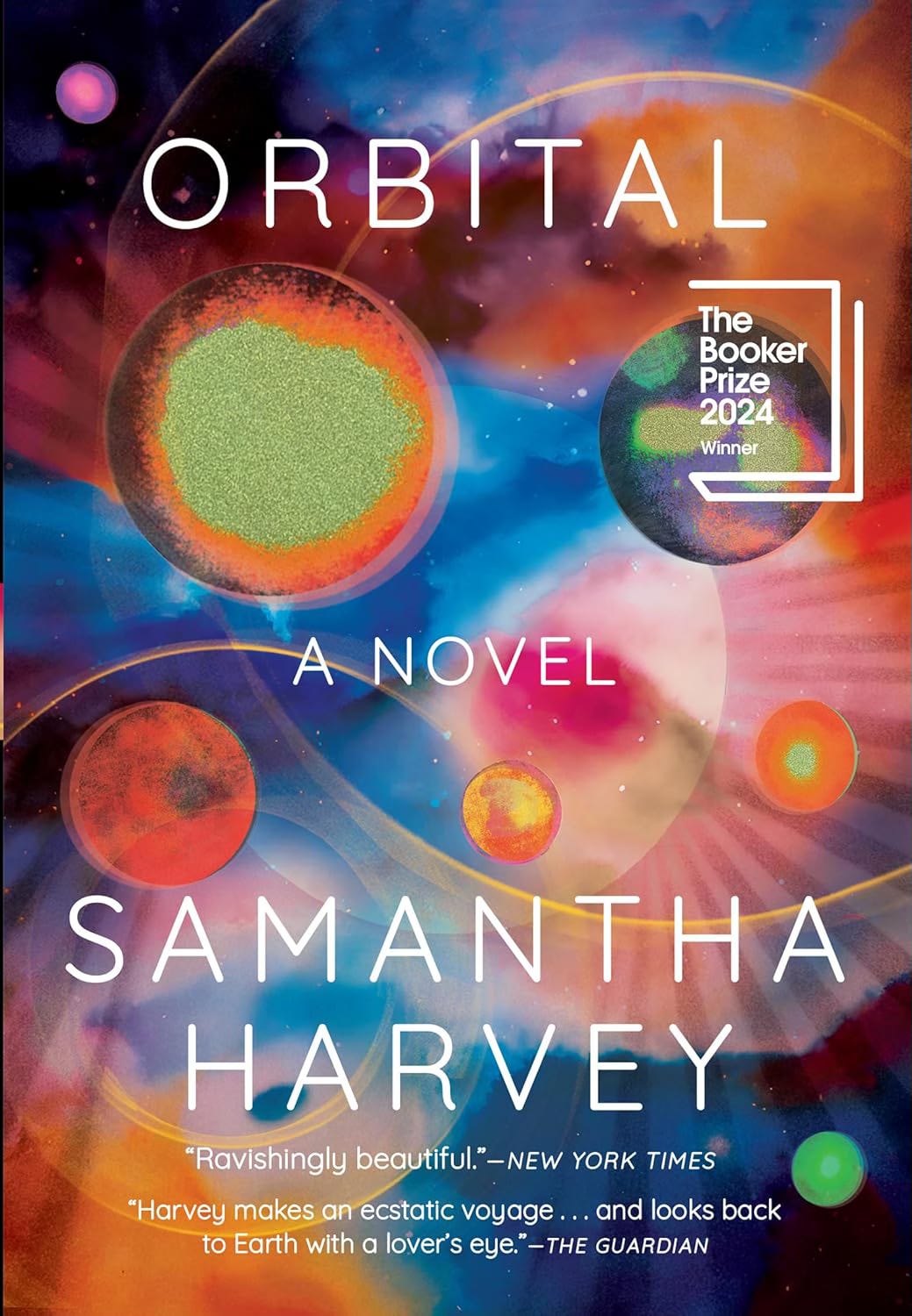
As always, your posts are more than just a yarn review … and the yarn reviews are great! I am resisting buying yarn until I can make a dent in my cedar chest of stash 🙂 One way I’m doing that is by participating in the Knit-a-thon. Yup, I signed up, just me and my team of one: https://givebutter.com/knitforfood25/marie-bailey/mariebailey I’m thrilled by the donations I’ve received so far. It makes me blush to realize what kind friends I have. Anyway, thank you for all your recommendations. I’ll have to put Orbital on my list. I’ve also bought a hardcover after listening to an audiobook. Seeing how the book was designed, the formatting, etc., adds another layer of experience to the work. I’ve heard great things about Adolescence. We don’t have Netflix. I’m waiting for my husband to drop Prime 😉
Looking forward to a lovely listen!